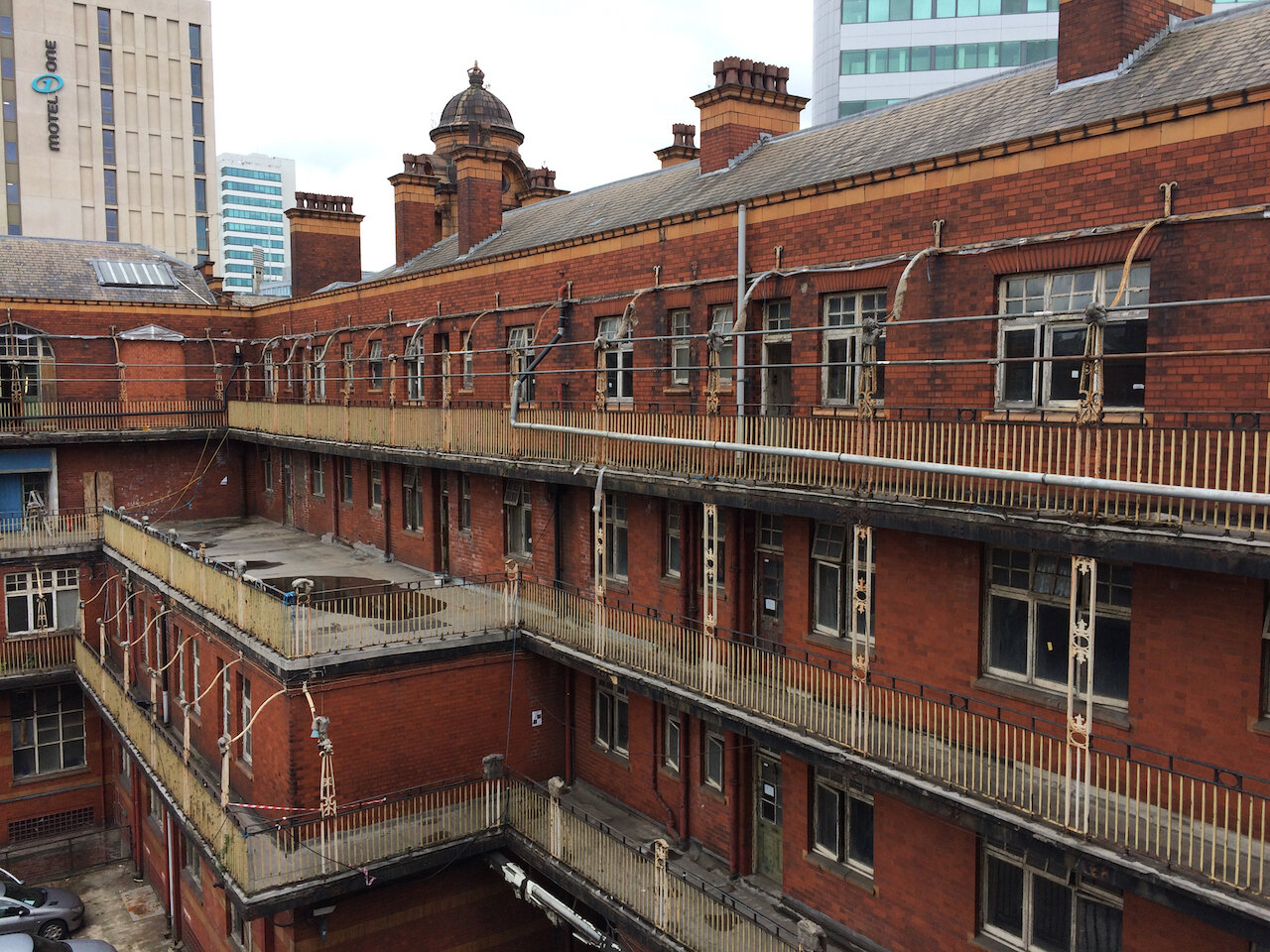
england - manchester, london road fire station
designed by woodhouse, willoughby and langham architects, london road fire station was completed in 1906. set within one of the largest metropolis areas of its time, manchester was the ninth largest city in the world with a population of 2.35 million, it quickly became an iconic structure for the region and remains so today.
originally exhibited at noma in manchester in 2018, as part of the ‘london road fire station project’ and the manchester histories festival. it was a heritage project that was led by jenny walker, artist and creative producer, in partnership with greater manchester fire service museum, in rochdale and allied london.
the project is an oral history of one of manchester’s most iconic buildings, that has been home to firemen and their families since 1906 - serving as the city’s central fire station. the project’s focus was to record the building and the lives of those that had lived there, through interviews and site visits of former residents and staff, recording their memories and reactions to the building.
london road identified as a static place - it is the people that lived and worked there that were transient, and it is the memories of the interviewed residents and workers, and the building itself, that the piece responds to, interpreting the physical and emotional connections between them.
combining freestanding porcelain and terracotta wheel thrown forms, that reference shapes from the building’s architecture and unique layout. the terracotta clay echoes burmantofts tiles and accrington brickwork, elements fundamental to the architecture, materiality and identity of the building and therefore the people.
the porcelain forms have texture from the materials added to the clay. the materials added into the porcelain are soot, ash and brick dust, collected from the fireplaces of the apartments. creating a tangible connection between the personal histories, and moments in time, - capturing and embedding place. using materials and fragments from the hearths and the remnants of fires burnt, the very essence of the building, and the firemen who worked there are also rooted within the piece.





